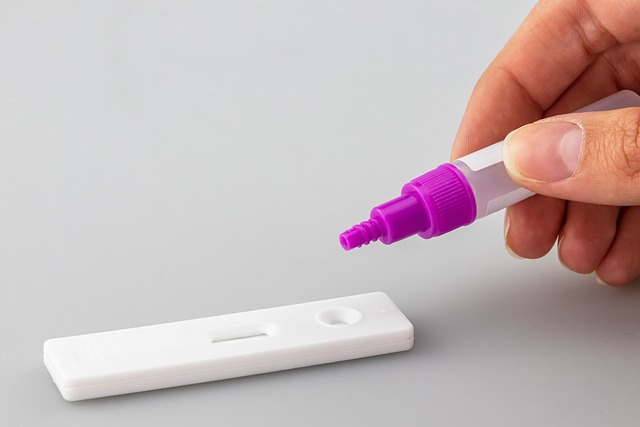
Unlocking Efficiency: IT User Testing Strategies in Informational Technology Coding
Unlocking Efficiency: IT User Testing Strategies in Informational Technology Coding
In the ever-evolving realm of informational technology, efficiency isn’t just a goal; it’s a necessity. As developers and IT professionals, we are continuously challenged to create solutions that not only meet technical requirements but also enhance user experience. This is where the concept of user testing comes into play, serving as a bridge between functionality and usability.
The Importance of User Testing
When we discuss user testing in the context of coding, what we’re actually referring to is the process through which we evaluate the functionality of our software from the end-user’s perspective. It’s a vital step in the development cycle that allows us to identify pain points, gather feedback, and implement necessary adjustments before launching our product.
Imagine putting in countless hours of coding, only to discover that your software confuses users rather than empowers them. The thought alone can be daunting! That’s why effective user testing can be the game changer that transforms your coding projects. It gives you access to insights from real users who interact with your technology in ways you may not have anticipated.
Implementing Effective User Testing Strategies
To truly unlock the potential of user testing, consider employing a variety of strategies:
- Define Clear Objectives: Establish what you want to achieve through user testing. Is it to streamline navigation, improve accessibility, or enhance overall user satisfaction?
- Choose the Right Participants: Selecting an appropriate sample size and demographic that reflects your actual user base is fundamental. This ensures the feedback you receive is relevant and actionable.
- Create Realistic Scenarios: Prepare tasks that mirror real-world usage. By observing users as they navigate through these tasks, you can pinpoint areas that may require enhancement.
- Utilize Prototypes: Rather than testing a fully developed product, consider using prototypes or beta versions. This approach saves time and resources while allowing for early detection of issues.
- Embrace Iteration: User testing is not a one-off event. Incorporate feedback into subsequent iterations of your coding project, fostering a continuous improvement environment.
Tools to Enhance User Testing
As technology advances, so do the tools available for conducting user testing. Platforms like UserTesting, Lookback, and Hotjar provide developers with the means to gather qualitative and quantitative data, facilitating an in-depth analysis of user interactions. These tools can help visualize where users are struggling and highlight their triumphs.
The Human Element
Beyond just gathering data, user testing introduces a human element into coding. As developers, we often lose sight of the end-user experience during the coding process. Engaging with users during testing not only sheds light on their needs but also fosters a deeper connection to the very technology we are creating.
In the world of informational technology, where advancements happen at lightning speed, effective user testing provides a pathway to creating more efficient, user-friendly solutions. It not only saves time and resources but ultimately cultivates a stronger relationship between developers and users.



